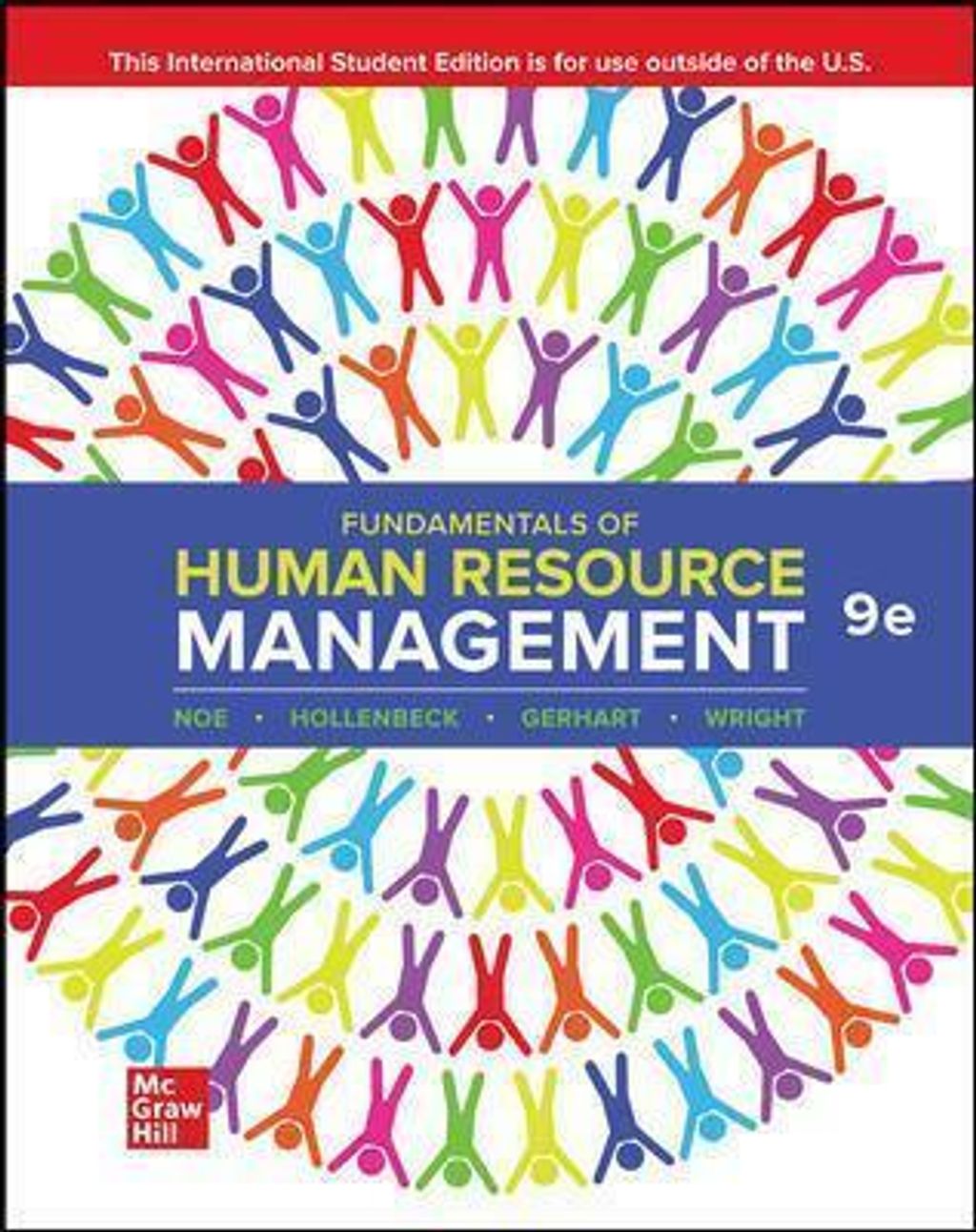Table of contents
Part One The Human Resource Environment
1 Managing Human Resources
2 Trends in Human Resource Management
3 Providing Equal Employment Opportunity and a Safe Workplace
4 Analyzing Work and Designing Jobs
Part Two Acquiring, Training, and Developing Human Resources
5 Planning for and Recruiting Human Resources
6 Selecting Employees and Placing Them in Jobs
7 Training Employees
8 Developing Employees for Future Success
Part Three Assessing and Improving Performance
9 Creating and Maintaining High-Performance Organizations
10 Managing Employees' Performance
11 Separating and Retaining Employees
Part Four Compensating Human Resources
12 Establishing a Pay Structure
13 Recognizing Employee Contributions with Pay
14 Providing Employee Benefits
Part Five Meeting Other HR Goals
15 Collective Bargaining and Labor Relations
16 Managing Human Resources Globally
1 Managing Human Resources
2 Trends in Human Resource Management
3 Providing Equal Employment Opportunity and a Safe Workplace
4 Analyzing Work and Designing Jobs
Part Two Acquiring, Training, and Developing Human Resources
5 Planning for and Recruiting Human Resources
6 Selecting Employees and Placing Them in Jobs
7 Training Employees
8 Developing Employees for Future Success
Part Three Assessing and Improving Performance
9 Creating and Maintaining High-Performance Organizations
10 Managing Employees' Performance
11 Separating and Retaining Employees
Part Four Compensating Human Resources
12 Establishing a Pay Structure
13 Recognizing Employee Contributions with Pay
14 Providing Employee Benefits
Part Five Meeting Other HR Goals
15 Collective Bargaining and Labor Relations
16 Managing Human Resources Globally
×

